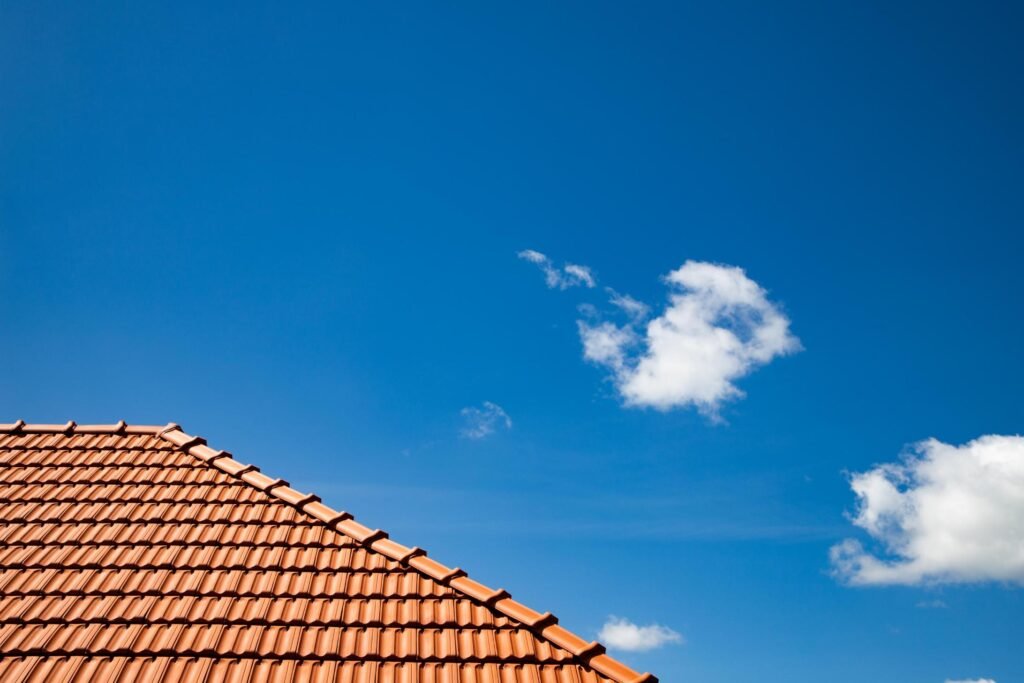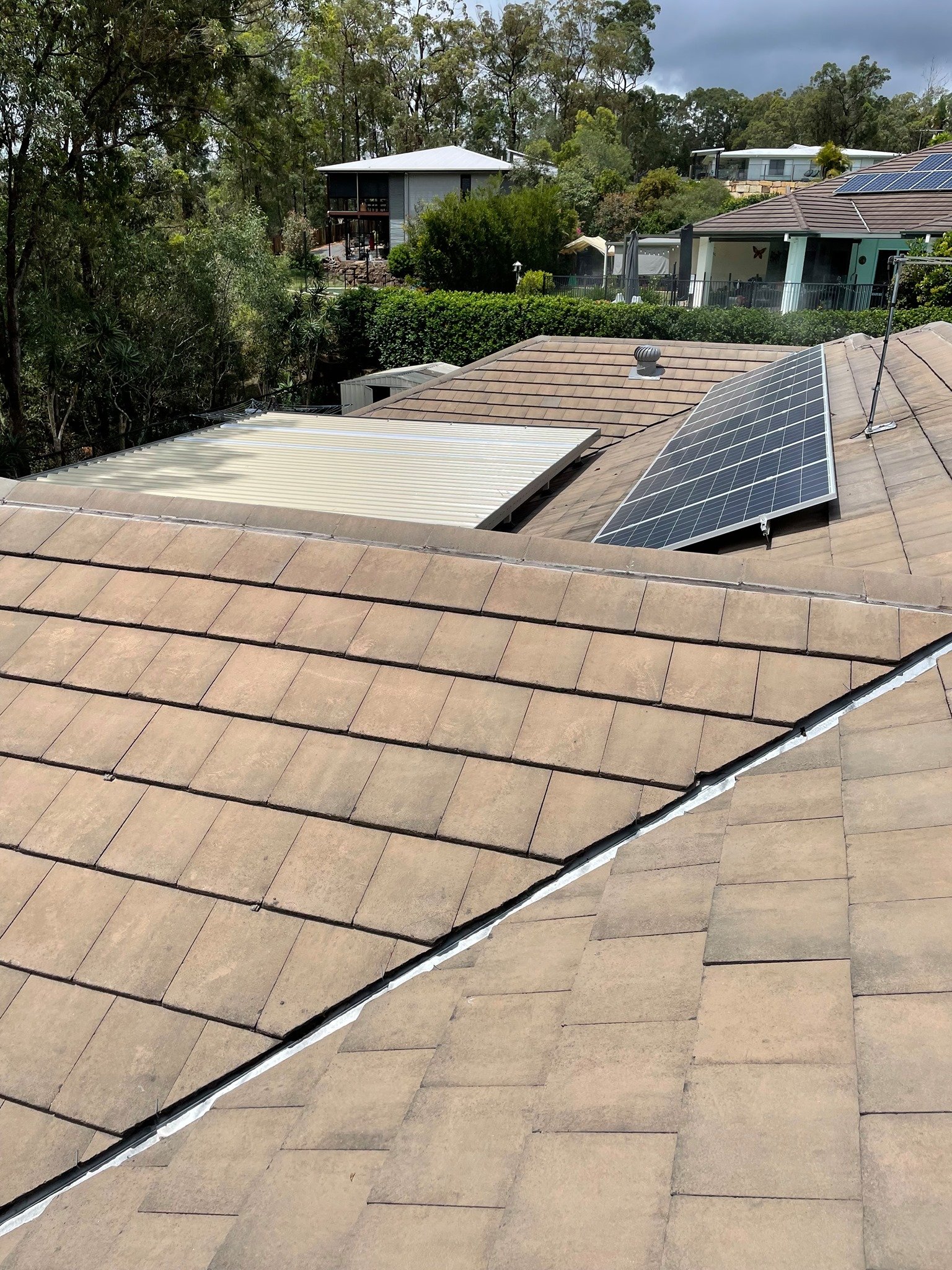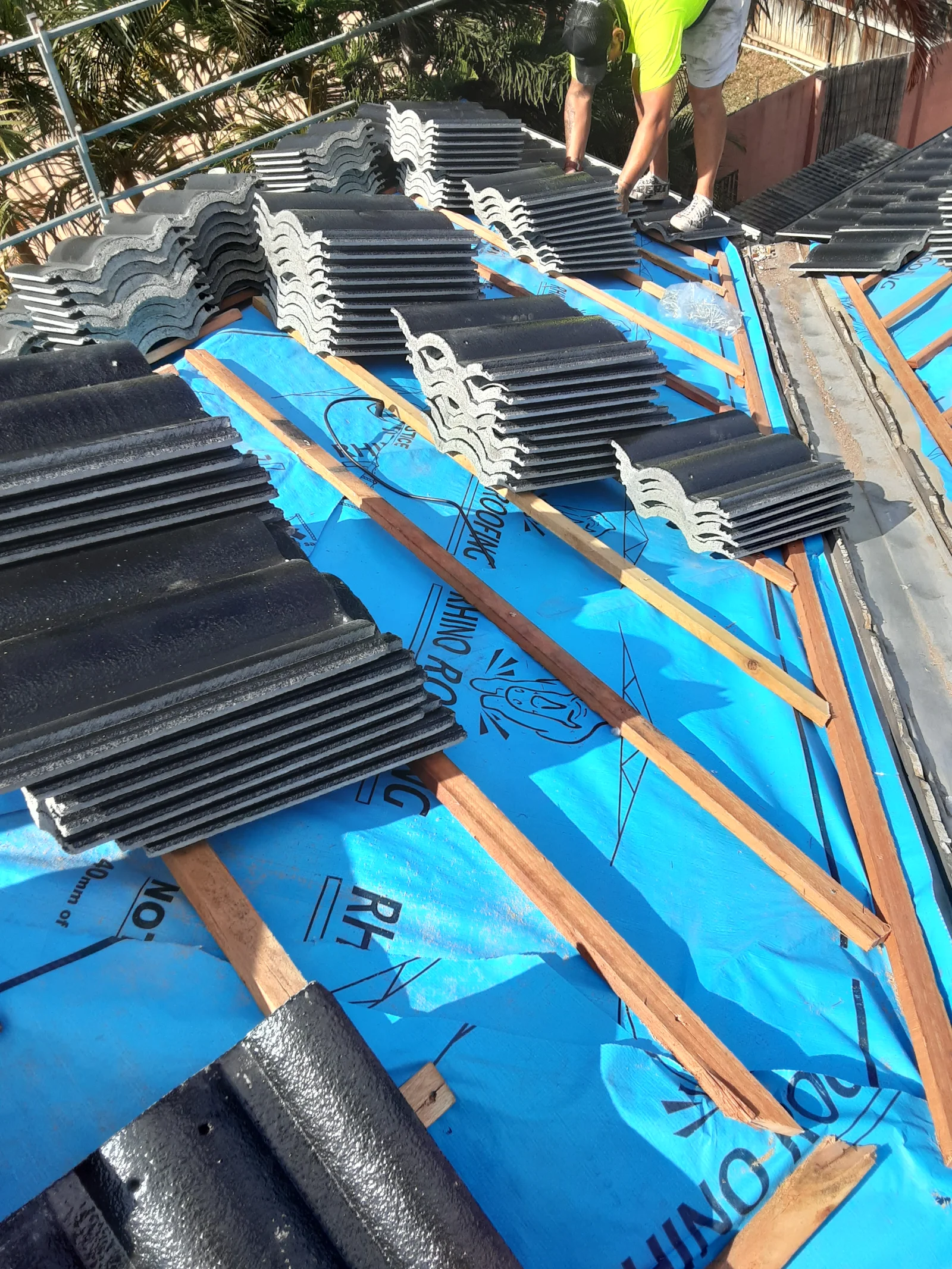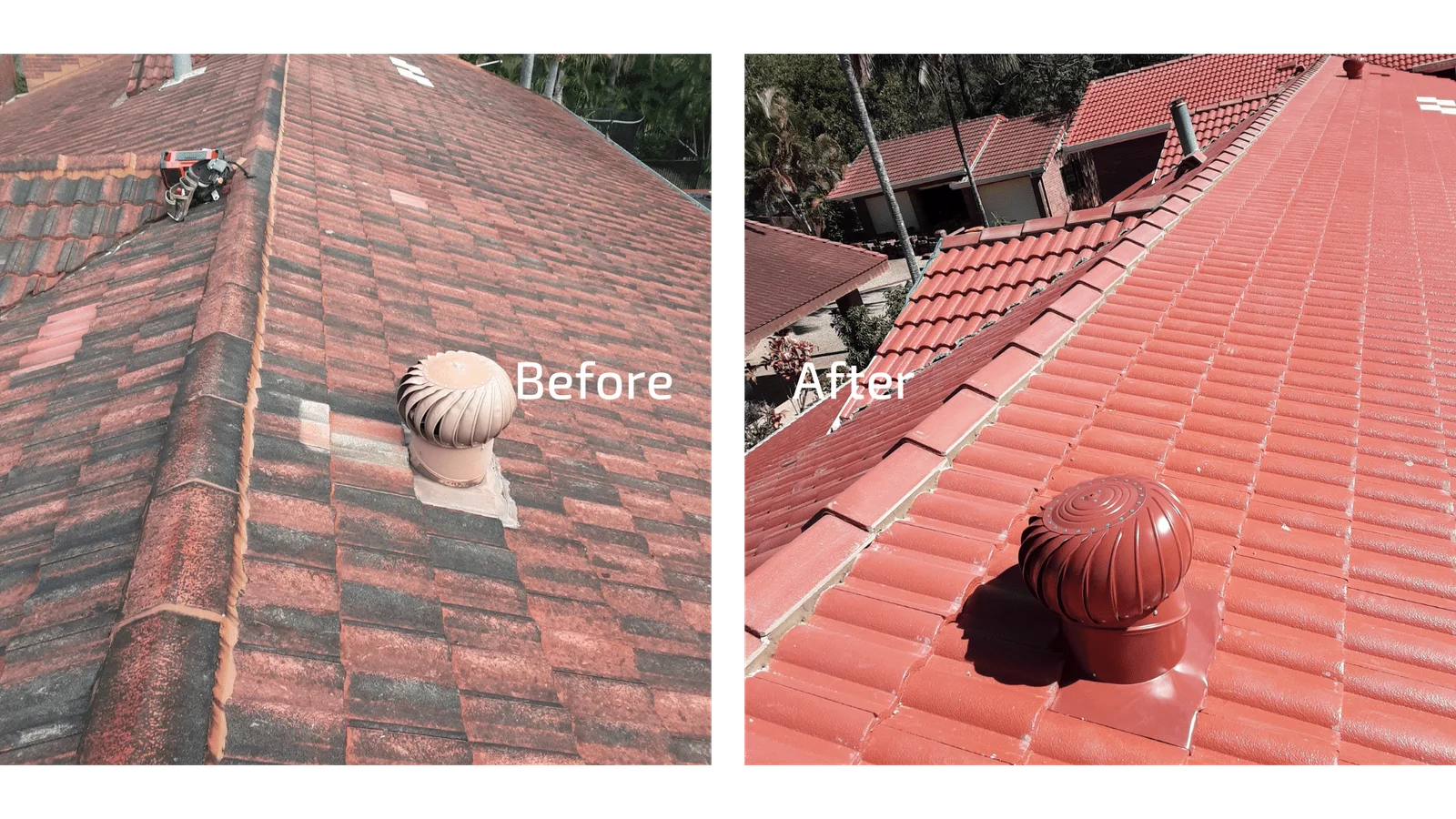Ever wonder how some roofs seem to withstand the worst storms Mother Nature can throw at them while others end up with holes or entire sections missing after a severe weather event? If you’re an Aussie homeowner, especially in storm-prone Queensland, a sturdy, well-built roof is essential. As you consider options for a new roof or ways to reinforce your existing one, there are a few key features that can help ensure it’s ready to stand up to cyclones, hail, high winds and torrential rain.
Assessing Your Roof’s Storm Readiness
If you’re an Aussie homeowner, assessing your roof’s storm readiness is smart. Walk around your house and look for signs of damage like missing or cracked tiles, dents or leaks. An infrared scan can also detect hidden issues. If your roof shows signs of age or damage, it’s time for an upgrade to one built to withstand severe weather.
A sturdy, storm-proof roof starts with a solid structure. Steel or reinforced concrete beams provide a strong frame to support heavy roofing materials. For the decking underneath the roof covering, water-resistant plywood or galvanised steel panels are durable options.
For the outer surface, consider corrugated galvanised steel sheets. These metal panels are non-combustible, corrosion-resistant and can last 50+ years. Concrete or clay tiles are another robust choice, especially Spanish or Roman styles with overlapping edges. Composite or fibre-cement slate-lookalikes offer natural style with man-made toughness.
Flashings and seals protect vulnerable areas like valleys, edges and joints. Choose high quality materials like lead, copper or stainless steel and have them installed by a professional. Proper ventilation prevents heat and moisture buildup, which can damage a roof from within. Installing ridge vents, soffit vents and gable vents improves airflow.
Robust roofs may cost more up front but save you money, stress and damages down the road. When the next cyclone hits, you’ll rest easy knowing your well-fortified roof can handle anything. Prepare for the worst, hope for the best!
Key Roofing Materials for Storm Protection in Australia
When it comes to protecting your roof during Queensland’s intense storm season, the materials you choose matter. Two of the top options for Aussie homeowners are:
Metal Roofing
Metal roofing is one of the toughest, most durable materials for storm protection. The corrugated iron sheets are virtually indestructible and able to withstand high winds, heavy rain and large hail. The interlocking panels also prevent leaks. If damage does occur, metal roofing can often be repaired rather than fully replaced.
Concrete Roof Tiles

Concrete or terracotta roof tiles have been shown in studies at James Cook University to hold up against cyclonic winds and huge hailstones. The dense, impact-resistant tiles provide an extra layer of defence for your home. Concrete tiles do tend to be on the heavier side, so you’ll want to ensure your roof structure can support the weight, especially if in a high-wind area. The tiles may crack over time, but will still maintain their protective qualities.
For the strongest storm protection, you really can’t go wrong with a metal or concrete tile roof. Add in a layer of stormseal or roof paint for even more defence against the elements. By choosing high-quality, durable and impact-resistant materials specifically designed for the Australian climate, you’ll have peace of mind that your roof will stand up to whatever weather comes its way.
Critical Roof Design Elements to Safeguard Against Storm Damage
Critical Roof Design Elements to Safeguard Against Storm Damage
When choosing a roof for your Queensland home, consider designs that can withstand the powerful storms common in our region. Metal roofs are popular for their durability. They are made from sheets of coated steel that interlock, with reinforced joints sealed to prevent leaks. Metal roofs can last 30-50 years and are resistant to damage from wind, hail and rain.
For extra storm protection, look for roofs rated to at least the ‘N1’ wind classification, meaning they can handle wind gusts up to 41m/s. Roofs rated to the higher ‘N2’ and ‘N3’ classes provide even greater wind resistance. Reinforcing your roof with additional bracing, like hurricane straps, helps securely fasten it to supporting walls so powerful winds cannot lift or damage the roof.
Proper sealing and waterproofing are also critical. Sealants should be applied wherever separate roof elements join together, such as along the apex, valleys, pipes or skylights. Waterproof membranes under the roofing material provide an extra barrier. Any penetrations through the roof, like pipes or support beams, need to be properly flashed and sealed to prevent leaks.
Once a storm has passed, inspect your roof and clear away any debris. Remove loose branches, leaves and other materials to prevent potential damage or clogs in gutters and downpipes. Check for any signs of damage or leaks and repair or replace elements as needed. It is best to do this as soon as safely possible after the weather event.
Regular roof maintenance like inspections, clearing gutters and minor repairs will help ensure your roof continues to protect against whatever weather comes your way. Designing storm-proof elements into your roof from the start provides the strongest defence, giving you greater peace of mind during Queensland’s severe storms.
Inspecting and Maintaining Your Storm-Proof Roof
To keep your roof as storm-proof as possible, regular inspections and maintenance are key. As a homeowner, inspecting your own roof at least once a season and after major storms is important to identify any issues early.
Inspect for Loose or Damaged Roof Fixtures
Carefully check that roof fixtures like tiles, sheets, guttering and downpipes are securely fastened and show no signs of damage or corrosion. Loose, cracked or missing fixtures compromise the integrity of your roof and need to be repaired or replaced promptly by a professional. Pay extra attention to areas like valleys, hips and ridges where water runoff concentrates.
Clear Debris and Blockages
Remove any overhanging tree branches, accumulated leaf litter or other debris from your roof, gutters and downpipes. Blockages can prevent water from draining properly, leading to leaks, water damage and even roof collapse. Clean out your gutters at least once a year, or more often if there are many overhanging trees.
Check Flashings and Seals
Flashings, like those around chimneys, vent pipes or skylights, and seals like roof cement or roof paint protect vulnerable areas where water could penetrate. Inspect flashings and seals for any damage, holes or peeling and repair or re-seal them to prevent leaks.
Consider a Professional Roof Inspection
For the most comprehensive assessment of your roof’s condition, consider hiring a licenced roofing contractor to perform an professional inspection. A roofing expert can spot subtle signs of damage or weaknesses that the untrained eye may miss. They can then provide recommendations to improve your roof’s resilience to severe weather events.
Keeping on top of inspections and promptly addressing any issues will give you peace of mind that your roof is as prepared as possible to withstand whatever weather comes your way. Be proactive and don’t wait until you have a leak or other serious problem before checking on the state of your first line of defence.
Protecting Your Roof From Storm Damage: FAQs for Aussie Homeowners
As a homeowner in Queensland, you know severe storms can hit at any time. While you can’t control the weather, you can take steps to protect your roof from damage. Here are some frequently asked questions about storm-proofing your roof.
What features make a roof storm-resistant?
A storm-proof roof has several key features:
- Corrugated iron or steel: These materials are durable and wind-resistant.
- Additional roof battens: Battens provide extra support and help secure the roof sheets. Closer batten spacing, around 600-900mm, is ideal for high-wind areas.
- Roof anchors: Anchors securely fasten the roof frame to the rest of the house. This prevents the roof from blowing off during strong winds.
- Ridge capping: Capping covers the peak of the roof, protecting this vulnerable area from rain and debris. Secure ridge capping with storm-proof screws.
- Gutters and downpipes: Wide gutters and downpipes efficiently channel water away from the roof. Secure them well to withstand high winds.
- Impact-resistant underlay: An underlay with a high impact rating protects from hail damage. It absorbs the force of hailstones before they hit the roof sheets.
Will my insurance cover storm damage?
Most standard home insurance policies in Australia cover storm damage, including damage from cyclones, heavy rain, and hail. The specifics of your coverage will depend on your individual policy and insurance provider. In general, if you have taken reasonable precautions to protect your roof, such as installing the features mentioned above, insurance is more likely to cover any storm damage. However, deliberate damage or a lack of proper maintenance may affect your coverage. Check with your insurance provider for details about your level of protection.
How often should I inspect my roof?
It’s a good idea to inspect your roof at least once a year, especially before the cyclone season. Look for any signs of damage or corrosion and check that all fixtures like roof anchors, battens, and ridge capping are securely in place. Regular inspections and maintenance are the best way to ensure your roof is as storm-proof as possible and to prevent potentially costly damage. Address any issues right away to keep your home safe and protected.
Conclusion
Well, there you have it. If you want the ultimate storm-proof roof over your head, focus on a sturdy metal roof with hidden fixings, a minimum 25 degree pitch, wide eaves, and additional bracing. Sure, a tiled roof can look nice but when those cyclones roll in, you’ll be glad you opted for function over form. Stay safe this storm season, Queenslanders, and if your roof is lacking some of these features it may be worth considering an upgrade. After all, there’s nothing quite like sleeping soundly through a wild storm, knowing your trusty roof has got you covered.





